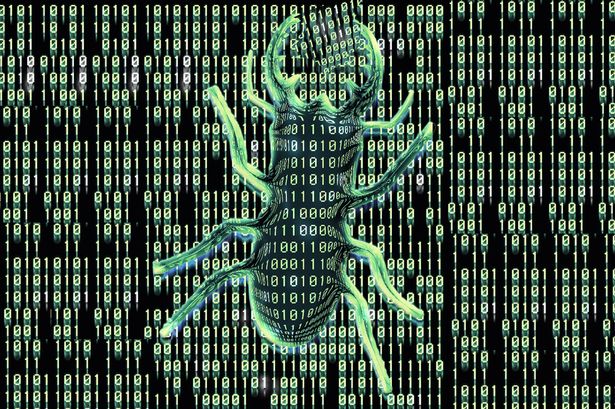In the first half of 2019 , no country endured more cyber-attacks on its Internet of Things—the web of internet-connected devices and infrastructure—than India did. So asserts Subex, an Indian telecommunications firm, which produces regular reports on cyber-security. Between April and June of 2019, it said, recorded cyber-attacks jumped by 22%, with 2,550 unique samples of malware discovered. Some of that malicious code is turning up in hair-raising places.
On October 28, 2019 reports indicated that malware had been found on the computer systems of Kudankulam Nuclear Power Plant in Tamil Nadu, the newest and largest such power station in India. Pukhraj Singh, a cybersecurity researcher who formerly worked for the National Technical Research Organisation (NTRO), India’s signals-intelligence agency, says he was informed of the malware by an undisclosed third party in September, and notified the government.The attackers, he said, had acquired high-level access and struck “extremely mission-critical targets”…. On October 30, 2019 the body that operates nuclear power plants acknowledged, sheepishly, that a computer had indeed been infected, but it was only an “administrative” one.
Sensitive sites such as power plants typically isolate the industrial-control systems (those that control the workings of a plant) from those connected to the wider internet. They do so using air-gaps (which involve disconnecting the system from the wider world), firewalls (which monitor data-flows for suspicious traffic) or data diodes (which allow information to flow out but not in).
But breaching a computer on the outside of these digital moats is nevertheless troubling. It could have given the attackers access to sensitive emails, personnel records and other details which would, in turn, make it easier to gain access to the more isolated operational part of the plant. America and Israel are thought to have sneaked the devastating Stuxnet virus into Iran’s air-gapped uranium-enrichment plant at Natanz around 2007 by planting a USB stick on a worker, who carried it inside and plugged it in.
The culprit behind the Kudankulam attack is unknown, but left some clues. The malware in question is from a family known as DTrack, which gives attackers an intimate look at what victims are doing—down to their keystrokes. It is typically used to monitor a target, making it easier to deliver further malware. DTrack was originally developed by a group of hackers known as the Lazarus Group, who are widely assumed to be controlled or directed by North Korea.
Excerpts from On the DTrack: A cyber-attack on an Indian nuclear plant raises worrying questions, Economist, Nov. 1, 2019





